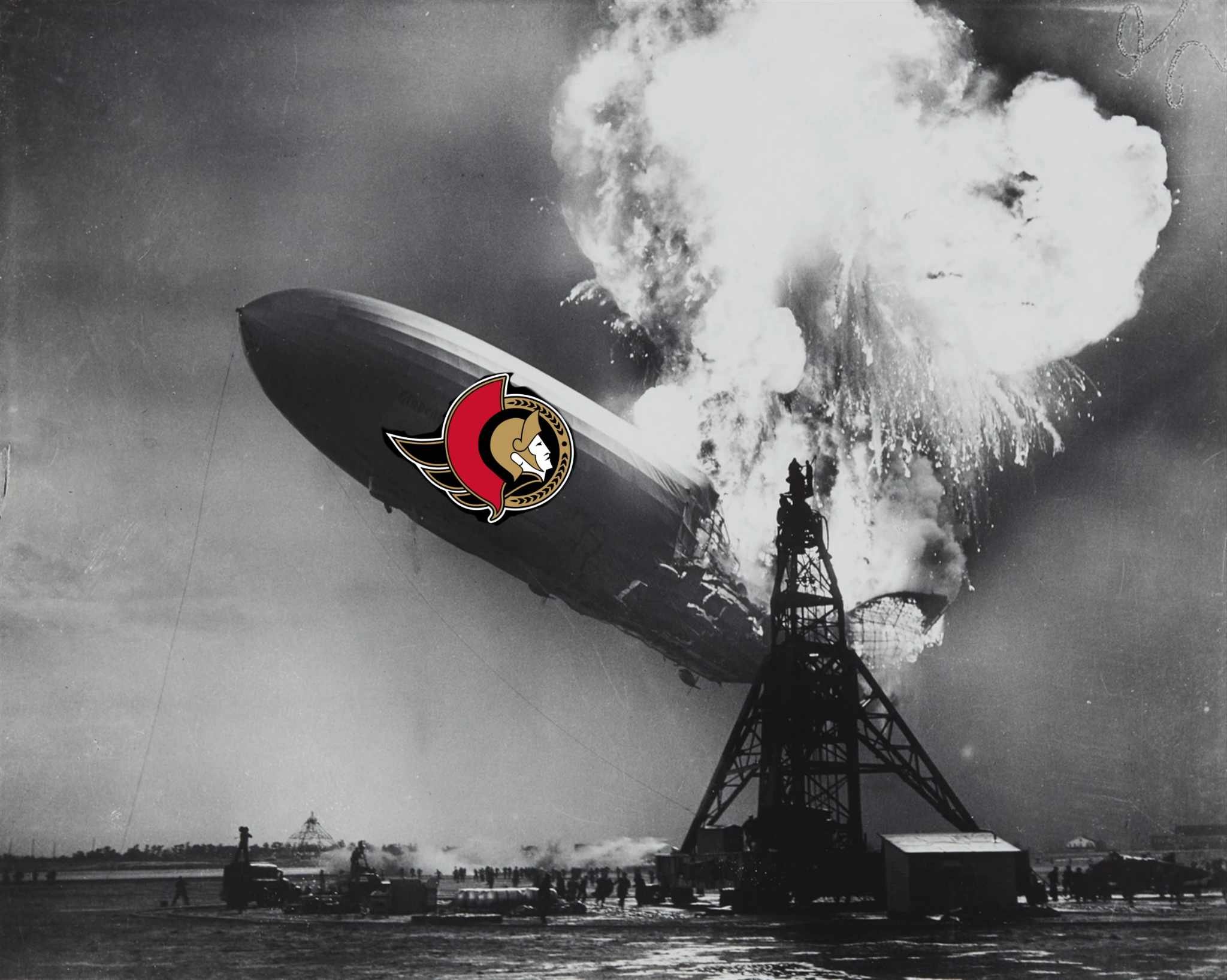Blown Leads and What Might Have Been
Written by: Luke Muise
If ifs and buts were candies and nuts, we’d all have a merry Christmas.
If my grandmother had wheels, she would have been a bike.
If the Sens were good, they wouldn’t be so bad.
Let’s talk about blown leads, and how different the Sens’ season could be if they weren’t so inept at holding them.
Looking at the Sens’ record, you might think that they’ve often found themselves chasing games and playing from behind. While that’s not necessarily untrue, the reality is so much worse.
Every time you hold a lead in a game, it is a chance you have to win. The Sens have given themselves tons of chances to win games during the 2023-2024 campaign. The only problem is that they squander those chances, frequently.
In an earlier article, I said this:
Gooooooood times.
It was plain to anyone who watches the Sens often that they were not great at holding leads, but I had a gut feeling they might actually be the worst at it. Fortunately, I was wrong. Unfortunately, I wasn't far off. Take a look at this chart from www.morehockeystats.com. It tracks the number of times teams lose games they were mostly leading, and categorizes and scores them by how big their blown lead was (you can read a little blurb about their scoring metrics at the top of the image).
Yikes.
There are only two teams in the NHL that have blown more leads than the Ottawa Senators: Chicago and Columbus (who are on an entirely different plane of suckitude with the lead, but I digress). While they certainly aren’t alone in the double digits, it's distressing to see their shared company. San Jose has blown fewer leads than the Sens. They’ve probably held fewer leads overall, but still, come on.
That’s 30 points left on the table, and while it's completely unreasonable to expect they should have captured all 30 of those points, it's important to remember they weren't even scraping any loser points from those games. They lost them in regulation, which is infuriating.
From that dataset, the median number of blown leads is 10.5. Mean is 10.34. The mode is eight. The Sens are at 15. That’s nearly 50 per cent worse than the average, and nearly twice as bad as the most commonly-shared number of blown leads.
Let's say the Sens had only blown 10 leads instead of 15, right around the league average. Let's also say they scraped a loser point out of half of those 10 losses. That’s an extra 15 points on the board, minus a couple points here and there from teams the Sens were leading. Where would that have gotten them? They’d sit at 57 points, one point out of a wildcard spot (at time of writing).
“But Luke,” you say, “you can’t ‘if and but’ the blown leads without also ‘if and butting’ comeback wins.”
Okay, here’s the opposite chart.
Fool! Were you expecting something different?
They’re bad at it. Tied with LA, Chicago, Philly, and Seattle for second-fewest in the NHL. If they were also average at coming back they’d be in even better shape.
The point is, this is a much different season for the Sens if they hadn’t Hindenburged so often.
“Oh no, my leads! I didn’t know they were flammable!”
Under interim Head Coach Jacques Martin, the Sens are .500 when they’ve held a lead, so there’s still lots of work to do to get this team feeling confident when they get up a goal, and not panic when their opponents push back. They’ve proven many times this year they can give themselves a chance to win, but they need to learn how to finish the job. For me, the blown leads have made this season more painful than any other factor.
This is all hypothetical, of course. The Sens did blow all those leads, and they are where they are in the standings in large part because of it. If they want to be as successful as many people believed they would be, they need to win when they’re ahead, no ifs, ands, or buts.






